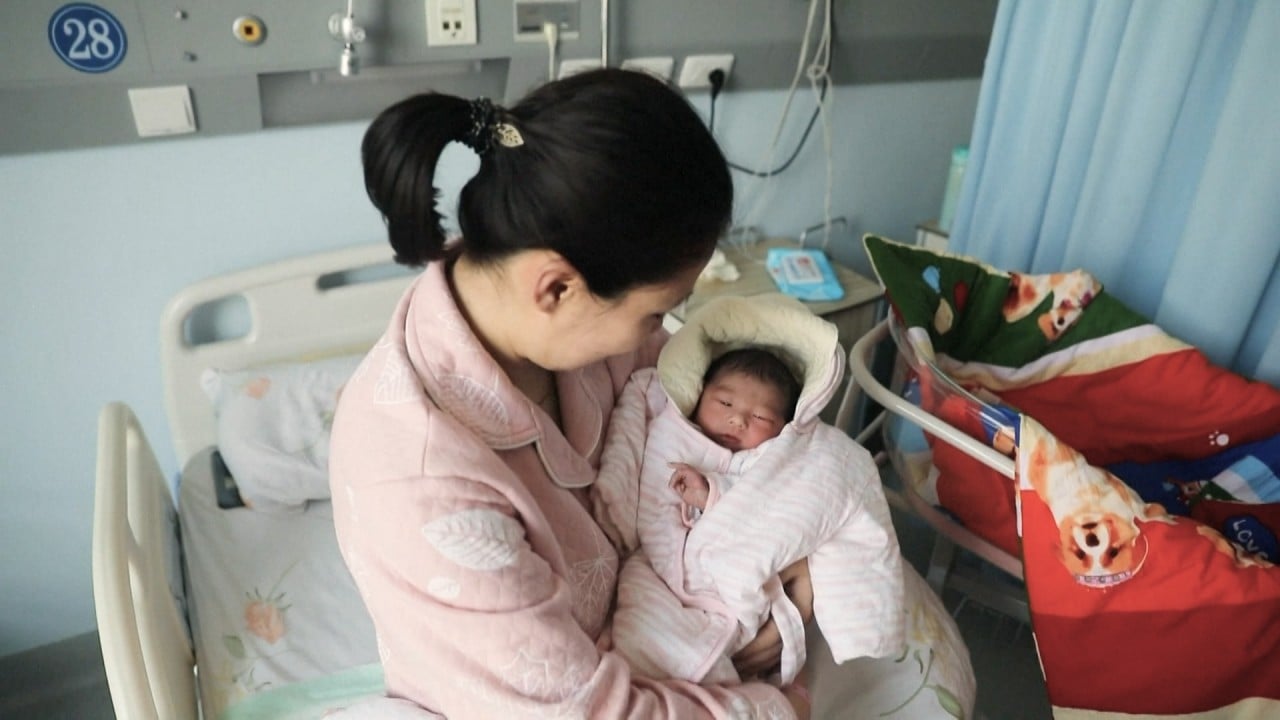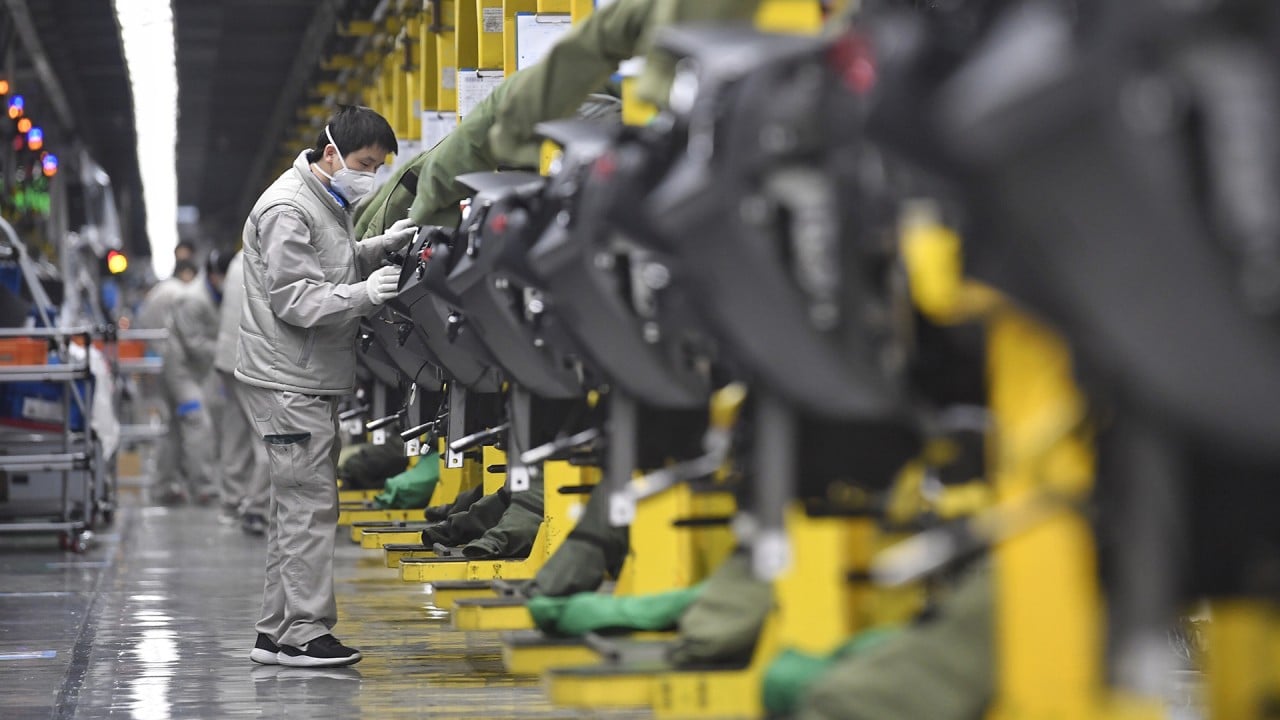
Three reasons China’s economy is strong but not invincible
- China’s economy is surging while the rest of the world struggles with the pandemic, bringing the day it surpasses the US as the leading economy ever closer
- Even so, China’s demographic time bomb, an only partially liberal financial market and systemic weakness in frontier science and technologies threaten its rise
Aided by an appreciating yuan, the Chinese economy nearly surpassed that of the entire European Union in 2020 and reached almost 75 per cent of the United States’. The last nation to come this close to the US’ economic might was Japan.
The Chinese economy is strong, but not invincible. Three economic forces can trap China’s growth: its demographic time bomb, a shallow and partially liberal financial market, and a systemic weakness in frontier science and technologies.
Nobel laureate Edmund Phelps told me that if you strand many Robinson Crusoes on an island, a lot of them will innovate. Labour force matters in the innovation era.
China cannot finance its massive drive for innovation without turning its financial markets into a global capital magnet, both for foreign investors and its own citizens. China’s gross savings rate today lingers at 45 per cent. Government policies are driving US$13.9 trillion in individual savings out of people’s accounts.

01:31
China faces demographic challenge as birth rate drops despite government efforts

01:33
China’s economy accelerated at end of 2020, but virus-hit annual growth lowest in 45 years
China’s drive for chip independence, mandated by the State Council according to the “Made in China 2025” plan, is a top priority. Yao Yang, dean of the School of National Development at Peking University, has warned of politicising technology in China and mirroring the economic instincts of the US.
Some believe it is possible for China to produce 70 per cent of the desired chip volume by 2025. Fanned by the ubiquity of the internet of things, cars, appliances, machinery and cities can be wired up using chips. Demand for chips can be stimulated by policies focusing on the lower-precision end. China will just not have the top-end capabilities that Huawei needs.
Will China position itself at the global economic helm? It needs to develop Industry 4.0 to ensure it can leapfrog the three traps in demographics, finance and technology in the next decade.
It is easy for China, as the biggest beneficiary of globalisation, to lecture the US on openness and inclusion. Unseating the global economic incumbent of the past century will not be easy and will elicit nothing short of self-defence from the Biden administration.
“We only have to do our own things right,” President Xi Jinping told the Central Party School on January 11. China’s rise depends less on US policies towards China and more on China’s own resolve to complete its four decades of reform.
Dr Shirley Ze Yu is a political economist, an Asia fellow at the Ash Centre for Democratic Governance and Innovation and a former Chinese national television (CCTV) news anchor

